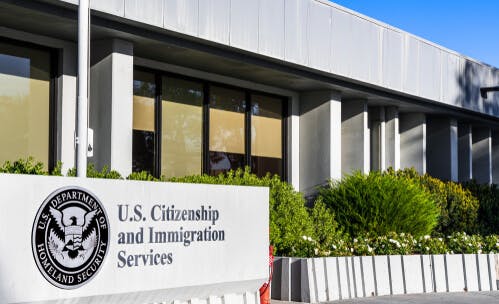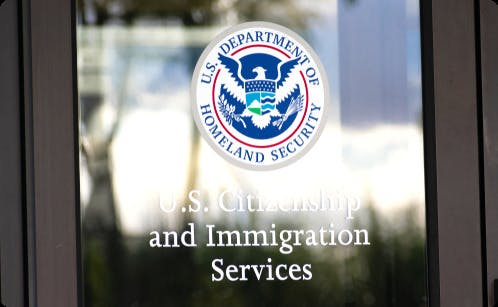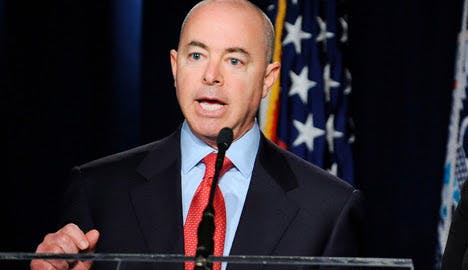Publisher ILW.com believes that USCIS will not raise the EB-5 minimum amount from $500,000 back up to $900,000 while the Regional Center Program is lapsed. If this is true, direct investors have a window to invest at the lower amount. The reason for the Immigration Service not making the change now is because it apparently “cannot promulgate rules on non-existent entities.”
Why can’t USCIS bring back the EB-5 Modernization Rule of 2019 that raised the minimum investment amount to $900,000? Regulations need statutory authority and such an increase would rely on the statute of the expired Regional Center Program.
While the industry waits for the program to be reauthorized, direct investing, which is a permanent program, continues to operate — at the now officially recognized $500,000 amount.
Would USCIS raise the investment amount just for direct investments?
So why doesn’t USCIS create a new regulation to raise the amount for the direct program only? First, it wouldn’t be able to simply reinstate the Modernization Rule as that had references to regional centers which don’t officially exist at the moment. Second, creating a new rule that only applies to direct investing, which comprises perhaps 5% of all EB-5 investing, simply isn’t worth it.
In the hypothetical event that the Immigration Service did decide to make a new rule only for direct investors, it would still require a second Modernization Rule that applied to regional centers when that program is officially operating again.
The rational view strongly suggests that USCIS doesn’t want to go through that trouble twice just to prevent direct investors from capitalizing on the $500,000 minimum for perhaps a few more months.
The biggest hurdle: getting Congress’ attention
The next question is when will Congress turn its attention to reinstating the Regional Center Program? Now’s not a good time as budget battles and a giant infrastructure bill occupy the attention of lawmakers. And EB-5 just isn’t enough of a priority to be urgent.
As much as EB-5 means to investors and the industry, pundits admit that it’s not a priority for Congress. In the recent IIUSA webinar on the state of reauthorization, Darrell Sanders, a regional center director, says he does’t see reauthorization coming up as a pure immigration bill in the near future.
“This needs to be looked at independently or possibly tied to a larger economic program,” stated Sanders. “That’s an ideal place we can look to attach this reauthorization to — whether it’s infrastructure, economic recovery, something out there in the near future that this administration would support.”
George McElwee, a Washington D.C. bipartisan lobbying expert, agrees that at this point any EB-5 legislation “will most likely need to be reattached to something else. That’s what we’ll be looking for.” As Congress wants to move quickly on infrastructure legislation, that seems like a distinct possibility for EB-5 in the future.
First reauthorization, than an increase, says law publisher
Echoing the prediction of IIUSA President Bob Kraft, ILW.com surmises that reauthorization legislation will take till early September to finalize, late September to pass, and early October to be implemented.
The law publisher goes on to warn the industry that the minimum-investment amount increase, however delayed, is coming: “The agency has invested too much in these regulations over three Presidential administrations to drop the matter.”
Expect a second grace period of 60 days
While most connected to the program may groan at the prospect of a return to $900,000, ILW.com believes that when reauthorization does happen, the minimum-investment hike won’t take place immediately. Conjecturing that the agency will not have good cause to make an interim final rule that applies upon publication, the publisher goes on to say we should expect a 60-day grace period before the amount rises again.
Regional center operators may shake their heads inside shuttered doors while the wait for reauthorization drags on. But direct investors may be smiling — and phoning their immigration lawyers.
See the ILW.com article “USCIS Cannot Issue RC Regs”
See the IIUSA Webinar: “What Comes Next for EB-5 Reauthorization Efforts”








